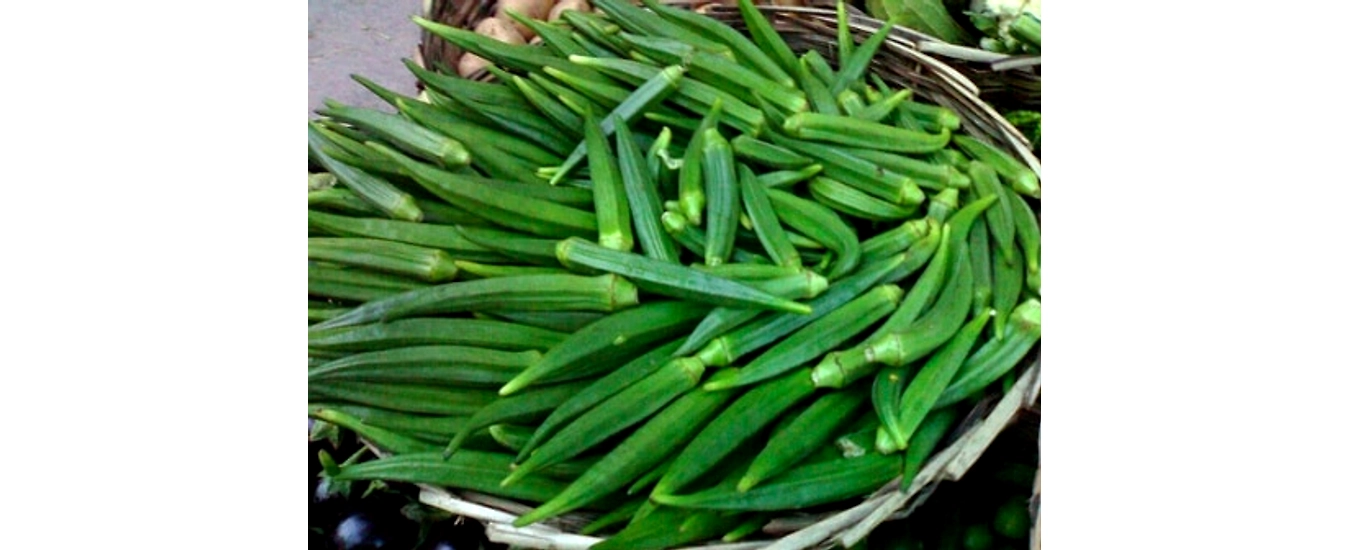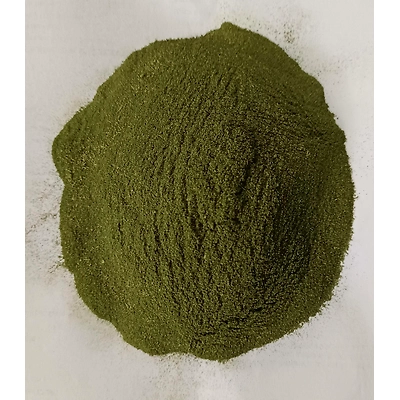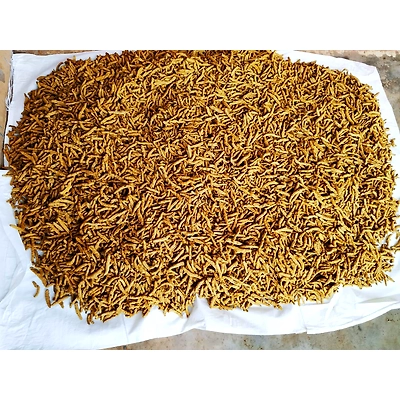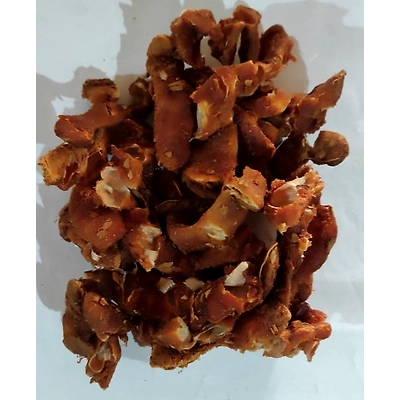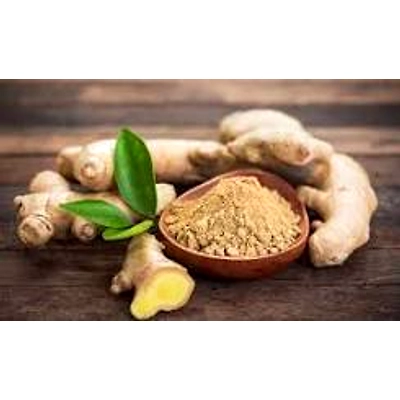INDIAN ORGANIC TEA
Indian tea is renowned worldwide for its diversity, flavor, and cultural significance. It is an integral part of Indian life and has a rich history and heritage.
Types of Indian Tea:
Black Tea:
Assam Tea: Grown in the Assam region, this tea is known for its strong, brisk flavor and dark color. It is often enjoyed with milk and sugar.
Darjeeling Tea: Often referred to as the "Champagne of teas," Darjeeling is grown in the foothills of the Himalayas. It has a delicate flavor with floral and fruity notes and is usually enjoyed without milk.
India produces various green teas, particularly in regions like Darjeeling and Assam.
Herbal Tea:
Herbal teas, or "tisanes," made from a variety of herbs, spices, and floral ingredients, are popular in India. Ingredients like ginger, cardamom, and tulsi (holy basil) are commonly used for their health benefits.
ODISHA ORGANIC MORINGA POWDER
Moringa, commonly known as the drumstick tree, horse radish tree, or miracle tree, is a fast-growing, drought-resistant tree native to parts of Africa, Asia, and the Middle East. Its scientific name is Moringa oleifera, and it’s highly valued for its nutritious leaves, pods, and seeds.
Leaves: Pinnate, bright green, and rich in vitamins and minerals.
Pods: Long, slender, and triangular, resembling drumsticks—hence the name.
🍃 Nutritional Value:
Moringa leaves are packed with nutrients, including:
Vitamins: A, C, E, and several B vitamins
Minerals: Calcium, potassium, iron, and magnesium
Protein: Rich in amino acids
Antioxidants: Quercetin, chlorogenic acid,
Leaves are used fresh, dried, or powdered to make teas, soups, and stews.
Medicinal:
Traditionally used for reducing inflammation, lowering blood sugar, and improving heart health.
Acts as an antimicrobial, antioxidant, and anti-inflammatory agent.
Cosmetic:
Oil extracted from seeds is used in skincare products for moisturizing and anti-aging benefits.
KANDHMAL TURMERIC
Common Uses of Turmeric:
1. Culinary Uses:
A key ingredient in Indian, Middle Eastern, and Southeast Asian cuisines.
Adds color, flavor, and aroma to curries, soups, rice dishes, and teas.
Often used in spice blends like curry powder.
2. Health & Medicine:
Traditional remedy in Ayurveda and Chinese medicine.
Believed to help with inflammation, arthritis, digestion, and immune support.
Often taken as curcumin supplements for joint and brain health.
3. Cosmetic Uses:
Used in face masks and skin treatments for its antibacterial and skin-brightening effects.
Helps reduce acne, dark spots, and uneven skin tone.
ORGANIC BLACK RICE
Organic black rice, often referred to as "forbidden rice," is a type of whole grain rice that is rich in nutrients and has a distinct black color, which comes from its high anthocyanin content—an antioxidant that gives it health benefits, including anti-inflammatory properties. This rice is typically unpolished, retaining its bran layer, which enhances its nutritional profile.
Nutritional Benefits:
High in fiber, promoting digestive health.
Rich in antioxidants, which help combat oxidative stress.
Contains essential vitamins and minerals, such as iron, vitamin E, and various B vitamins.
May help reduce the risk of chronic diseases, including heart disease and diabetes.
Culinary Uses:
Offers a nutty flavor and chewy texture, making it versatile for various dishes including salads, stir-fries, and desserts.
Sustainability:
Being organic, it is grown without synthetic pesticides or fertilizers, making it a more environmentally friendly option compared to conventional rice.
ORGANIC NOP TAMARIND SEEDS
Tamarind seeds are the hard, brown seeds found inside the tamarind fruit, which comes from the tamarind tree (Tamarindus indica). They are commonly found in tropical regions and are used in various culinary and traditional applications.
Uses of Tamarind Seeds:
Culinary Uses:
Thickening Agent: The seeds are ground into a powder and used as a thickening agent in soups, stews, and curries.
Flavoring: In some cultures, the seeds are roasted and used as a flavor enhancer.
Traditional Medicine:
Digestive Aid: In Ayurveda and traditional medicine, tamarind seeds are used for their potential digestive benefits.
Antioxidant Properties: They contain compounds with antioxidant properties, which may help in reducing inflammation.
Industrial Uses:
Oil Extraction: The seeds are pressed to extract tamarind seed oil, which is used in cosmetics and soaps.
Biodegradable Products: The seed extract is sometimes used in biodegradable products
SEEDLESS ORGANIC TAMARIND
Tamarind is a tropical fruit that comes from the tamarind tree (*Tamarindus indica*), which is native to Africa but is now widely grown in many parts of the world, including Asia, Latin America, and the Caribbean. The fruit is encased in a brown, pod-like shell, and inside, it contains a sticky, tangy pulp surrounding seeds.
The pulp has a unique sweet-sour taste, making it popular in cooking, especially in savory dishes, chutneys, sauces, and beverages. It's used in cuisines like Indian, Thai, Mexican, and Middle Eastern. Tamarind is also an ingredient in Worcestershire sauce.
In addition to its culinary uses, tamarind has medicinal properties. It has been used in traditional medicine for its digestive, anti-inflammatory, and antioxidant benefits. The fruit is rich in vitamins, minerals, and fiber, contributing to its health benefits, which include aiding digestion, reducing inflammation, and supporting heart health.
ODISHA KORAPUT GINGER
Organic ginger is ginger (Zingiber officinale) that is grown without the use of synthetic fertilizers, pesticides, or genetically modified organisms (GMOs). It retains all the powerful natural properties of conventional ginger, but with a cleaner, more environmentally friendly growing process


